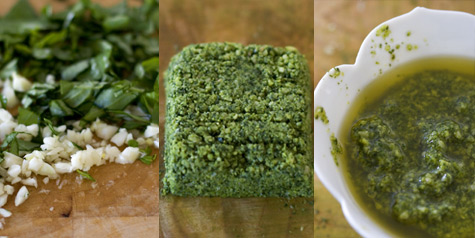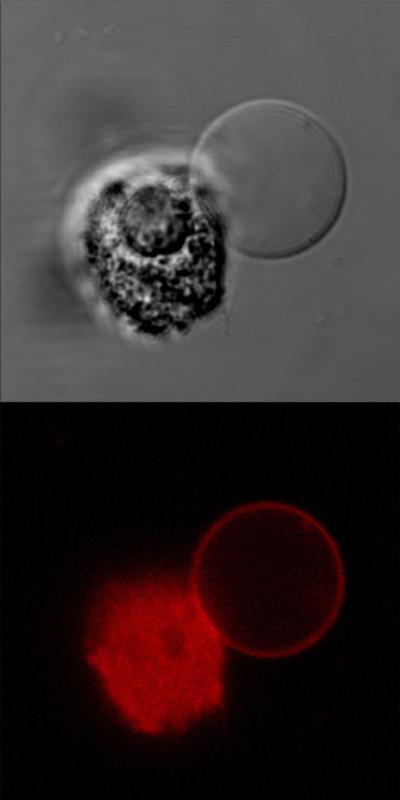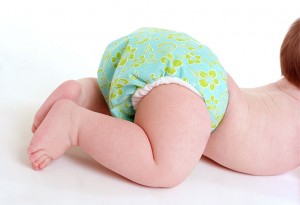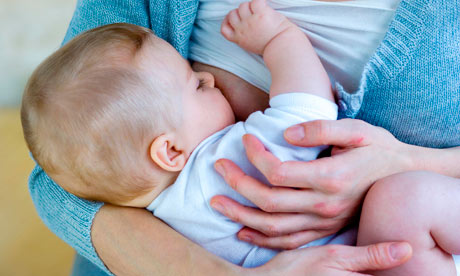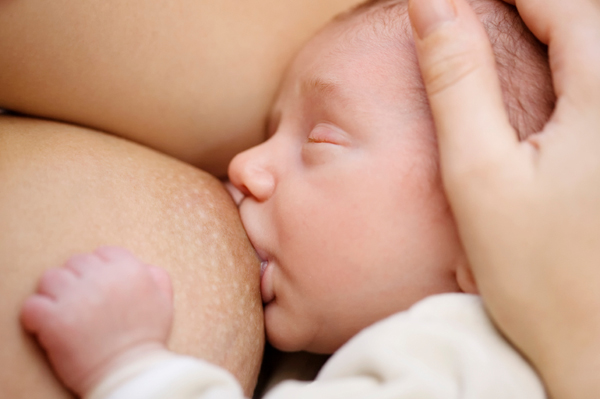
Lately, I have been shocked by the amount of expectant mothers who are not aware that they cannot eat once the are admitted into the hospital. It is customary, here in the US, to make sure that laboring women only have liquids. These consist of water, ice chips, juice, jello (or Jelly to my UK friends :)) and Popsicles. Now, I don't know about you, but the last time I checked labor was a pretty intense process, requiring a ton of energy. How do doctors, or should I say anesthesiologists, expect moms to labor all day, or longer, and then push and push and push? Its a marathon for crying out loud and laboring women need to restore their energy!
Eliminating solids from a laboring woman's diet stem back from the 1940's when a doctor, Curtis Mendelson, who studied aspiration in laboring rabbits noted that the risk of vomiting the contents of your stomach into your lungs is increased while under general anesthesia.
http://pregnancy.about.com/cs/laborbasics/a/eatinginlabor.htm
Well, times have changed. For one thing there are a lot less women who have to go under general anesthesia for emergent cesareans, in fact only 1-2%. One doctor put it this way, "My own view of this has always been that you could say one shouldn’t eat or drink anything before getting into a car on the same basis, because you could be in an automobile accident and you might require general anesthesia,” said Dr. Marcie Richardson, an obstetrician and gynecologist at Harvard Vanguard Medical Associates in Boston. Plus, the risk for aspirating is much less than previously thought...so why hasn't the protocol changed?
Some doctors, more midwives, will now allow small snacks during labor as they see the benefits outweigh the risks. Actually, studies show that the duration labor is shortened by 45-90 minutes in women who are allowed to eat! The American College of Obstetricians and Gynecologists reviewed this policy in 2009 allowing mothers to drink clear liquids but have yet to remove the ban on solids. http://www.whattoexpect.com/blogs/whattoexpecthealthnews/ice-chips-during-labor-policy-gets-the-ice
Your best bet is to check in with your provider to see how the side with this subject. If you provider is adamant about no food then prepare to eat a substantial meal before you head to the hospital.
So what is appropriate to eat while in labor, after all you don't want to add vomiting to the list of labor pains if you don't have to. Eating things such as toast with jam, plain pasta, applesauce, Jello, Popsicles or sorbet are great ways to boost your energy levels. Drinking things like clear broths, tea, water, juice without pulp and soda water will help keep you hydrated. Whatever you do skip the fast food, however tempted, on the way to the hospital or birthing center.
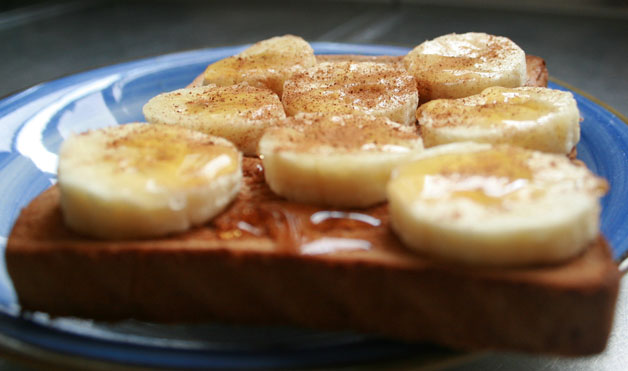
Another thing to remember is that your birth partner will most likely get hungry. He or she should also eat a meal before embarking to the hospital and should pack snacks for the journey of labor as he or she may not be able to leave to grab a bite. Plus, never bring smelly food into a labor room. Laboring women has a high sensitivity to smell which may make them sick or in the very least distract them, from the task at hand and it's totally unfair since they can't eat!
http://www.whattoexpect.com/pregnancy/eating-well/week-40/eating-well.aspx
From experience, I can tell you that ate throughout my labor. I was told to visit the cafeteria upon arriving at the hospital and even though I wasn't feeling hungry I knew I was in it for the long haul. I also remember Richard, my husband, feeding me chocolate and water. I was exhausted, of course, but I can't imagine what it may have been like if I hadn't replenished the calories I had already burned.








